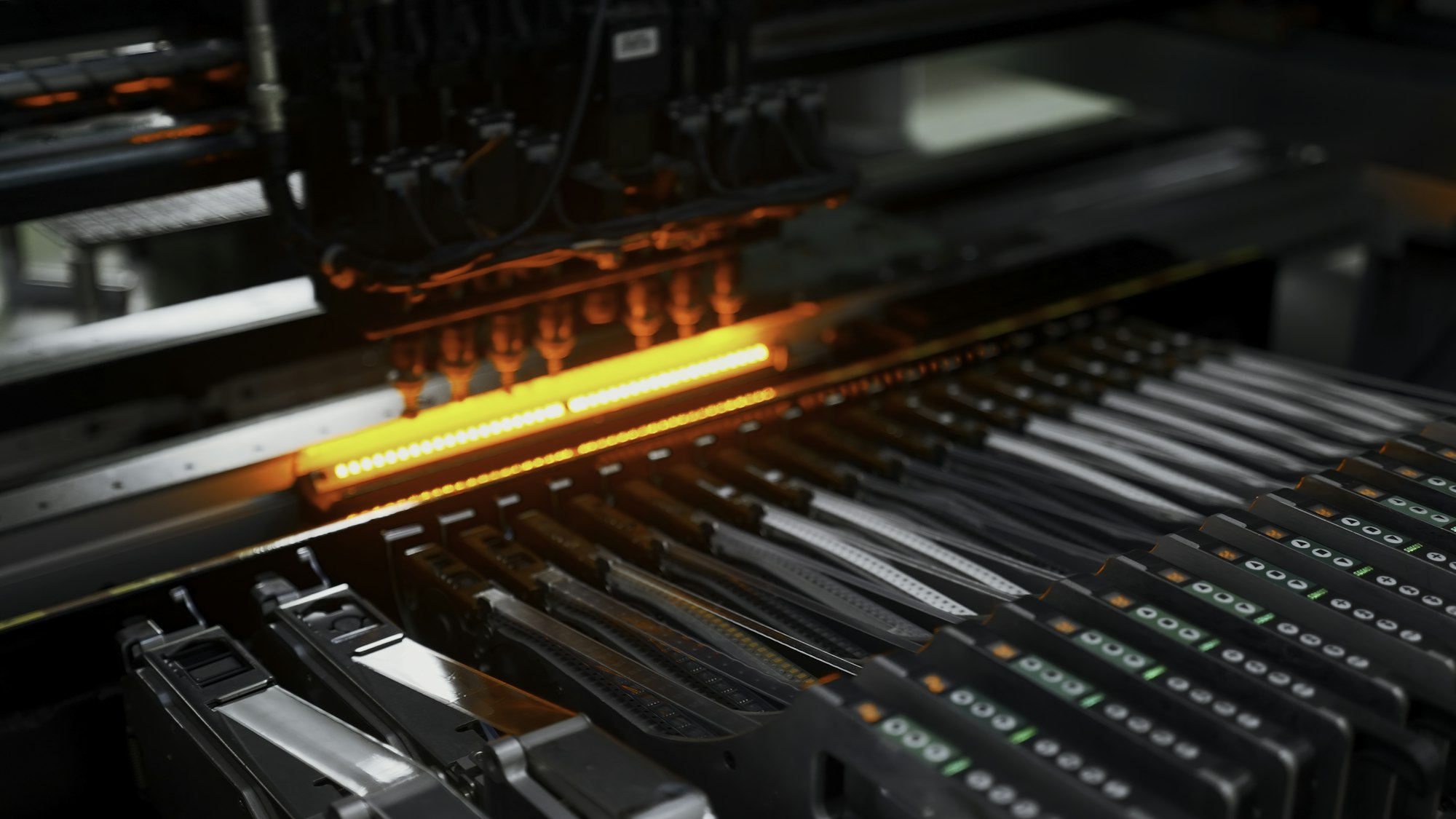Why Nvidia Is a Big Deal in AI
Nvidia is like the king of the AI world right now, with a massive value of $2.2 trillion. It’s because they make special AI chips that are super important for creating stuff like chatbots and smart software, which companies like Microsoft, OpenAI, and Google’s Alphabet use a lot. Besides making these cool chips, Nvidia has also been working for almost 20 years on special computer code that makes it easier for people to develop AI stuff. This code, called CUDA, is something more than 4 million developers around the world use to make their AI projects come to life.

The Team-Up Against Nvidia
There’s a group of big companies, including Qualcomm, Google, and Intel, that want to challenge Nvidia’s top spot. They’re focusing on Nvidia’s special computer code because they think this is Nvidia’s weak point. The head of AI at Qualcomm, Vinesh Sukumar, is all about getting developers to try out different options instead of just sticking with Nvidia. They’re using something called OneAPI from Intel and are part of this group called the UXL Foundation. Their big plan is to create a kind of open-source playground where developers can use all sorts of AI chips, not just Nvidia’s, making it easier for them to choose what they want to work with.
What’s the UXL Foundation Up To?
The UXL Foundation is leading the charge to build this open-source space filled with software and tools that work with many different AI chips. Google’s Bill Magro is talking about how they want to make a place where developers have more choices and can be more productive. They’re still working out the details, but the goal is to get everyone on board to make a flexible and universal platform.
Nvidia’s Place in This New World
Even though the UXL Foundation is trying to open up the market, they’re not leaving Nvidia out in the cold. They’re saying Nvidia’s stuff could work in this new ecosystem too. Nvidia seems okay with this, with one of their big shots, Ian Buck, saying that having a lot of different ideas in AI is a good thing for making progress.
Where’s the Money Going?
Big money backers and companies are pouring over $4 billion into trying to break Nvidia’s strong grip on AI software, with a lot of this cash going to new companies. They think Nvidia’s reliance on its special code might be its weak spot, and they’re betting big that they can change the game.
The Hurdle for Startups
Even with all this investment, new companies have a tough road ahead. Nvidia’s CUDA is super popular and has a ton of features and support from a huge community. This makes it really hard for newbies to come in and shake things up.
So, there’s a big move by companies like Qualcomm, Google, Intel, and the UXL Foundation to mix things up in the AI chip world. They’re working on creating an open-source software ecosystem that could give developers more options besides just Nvidia’s chips.

FAQ: Nvidia’s AI Challenge
1. What makes Nvidia so important in the AI industry?
Nvidia has become a key player in AI because it makes specialized chips that power a lot of AI applications, from small startups to big names like Microsoft and Google. Its software, CUDA, has been developed for nearly two decades and is essential for developers around the world to create AI projects.
2. Who is trying to challenge Nvidia’s dominance, and how?
A coalition of companies including Qualcomm, Google, and Intel are joining forces to challenge Nvidia. Their strategy focuses on creating an open-source ecosystem that supports a variety of AI chips, giving developers more flexibility and choice beyond Nvidia’s CUDA platform.
3. What is the UXL Foundation, and what are its goals?
The UXL Foundation is spearheading the initiative to build an open-source environment for AI development. Its goal is to provide a suite of software and tools that support a wide range of AI chips, promoting hardware diversity and enhancing developer productivity.
4. Can Nvidia hardware work with the UXL Foundation’s ecosystem?
Yes, the UXL Foundation’s vision includes Nvidia hardware as part of its open ecosystem. This approach suggests a collaborative rather than exclusionary strategy towards innovation in AI technologies.
5. Why is there a significant investment in challenging Nvidia’s software dominance?
Investors and companies are investing over $4 billion to challenge Nvidia because they believe its software, particularly the CUDA platform, could be its Achilles’ heel. By funding startups and initiatives like the UXL Foundation, they aim to diversify the AI market and reduce reliance on Nvidia’s ecosystem, potentially unlocking new innovations and choices for developers.
Sources Reuters



Your article helped me a lot, is there any more related content? Thanks!